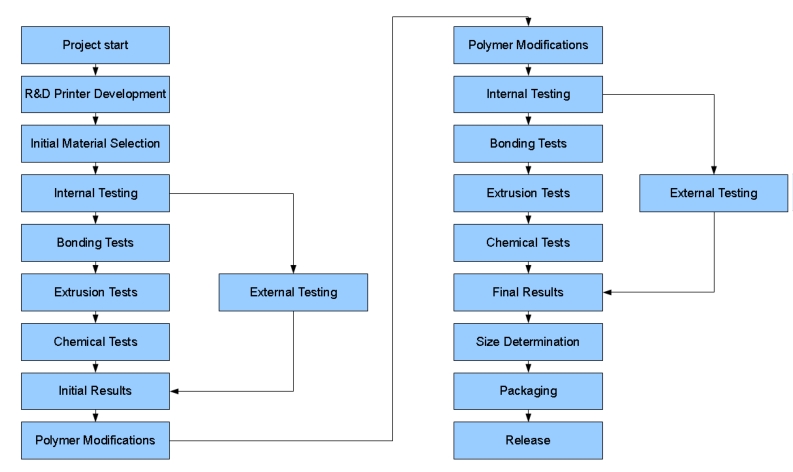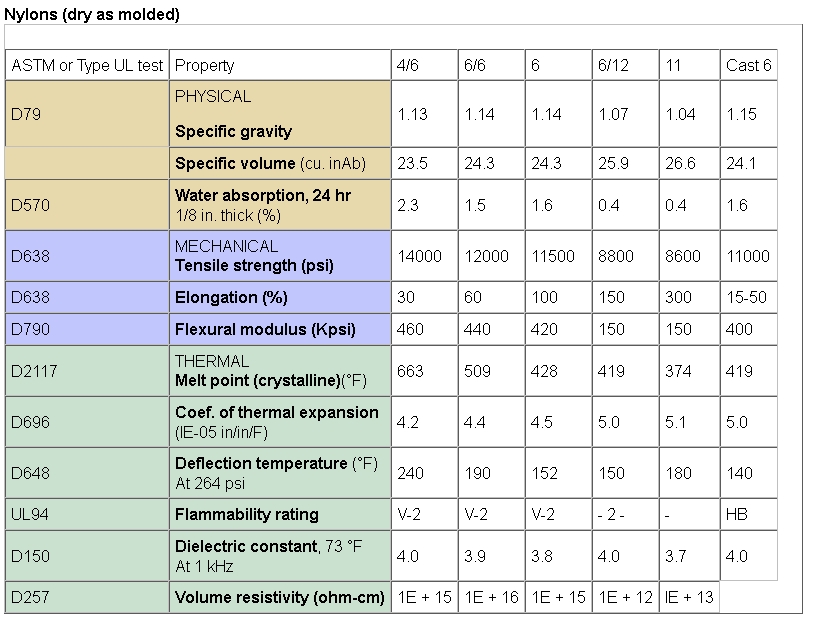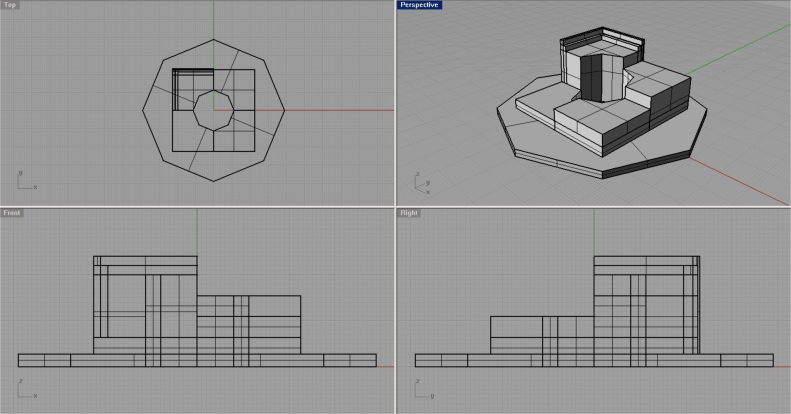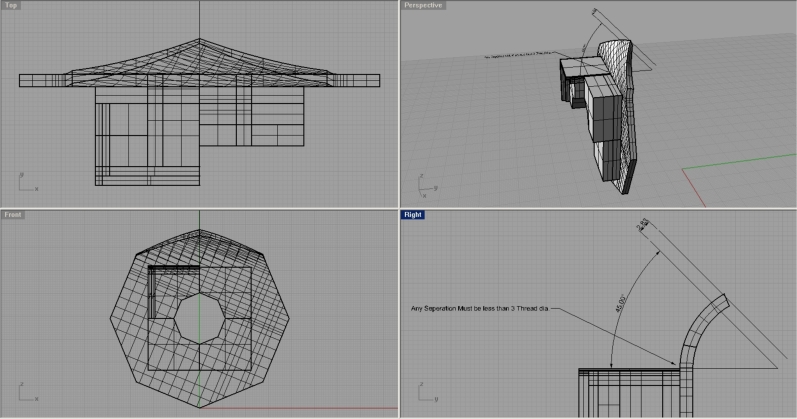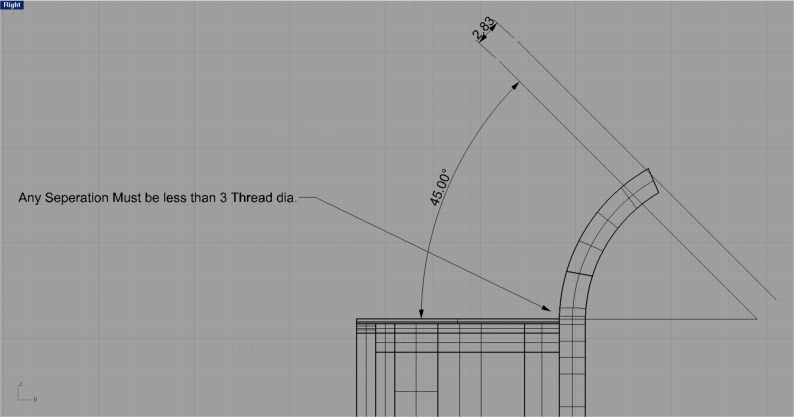User:Taulman
Development of 618 Nylon Co-Polymer for use in all RepRap type/style 3D Printers
( A special Thank You! goes out to everyone in the 3D Printing Community that participated in testing)
Milestones:
Development Start Date: 3/12/2012
Purpose:
- To develop a very high strength, 100% bonding material capable of being used in all RepRap style printers.
As there are now hundreds of 3D Design and prototype houses supporting the ever growing high technology needs, the ability to make quick turn prototypes is a must for the successful design firm. While the RepRap style printers may be some time away from the surface aesthetics of the larger and more expensive proprietary 3D Printers, most of these 3D print technologies have difficulty in the “function” portion of “Form/Fit/Function” demands of the industry. All of those in these design firms fear the one question asked by a new Customer, i.e. “So…can I put this 3D Printed part in my newly designed lawn mower transmission and power it up?” Until now, the answer has always been “no” or one filled with conditions. The goal of this development was to allow these design houses the ability to say…”Absolutely….not only that, but you can run it as hot as 120F and immerse it in any transmission oils you want!”. This raises the quality and properties bar significantly for all user/operators of RepRap style 3D Printers.
Top Tier Requirements:
1.> than 98% bonding thread to thread.
- a.This must be a measurable capability with written calibration and acceptance testing for traceability.
2.Printing temperature range to be within the delta of current and older model RepRap style printers.
- a. i.e. 200C to 260C
3.Non Scratch surface.
- a.The material must be of a consistency and polymer make up such that no material “dust” would be emitted during mechanical processing.
- b.The material must “cut” rather than “scratch”.
4.Strength.
- a.The material should hold up to extreme abuse to the point of “tearing” rather than splitting or delaminating.
5.Chemical resistance.
- a.The material must be able to sustain bonding when exposed to the widest pH range possible.
6.Surface
- a. As Slippery (Highly durable) surface as possible.
7.Temperature Stability.
- a.The material should maintain stability (limited deformation) over a defined temperature range.
8.Surface texture.
- a.No requirement other than noted in #6
9.Optical Properties.
- a.No requirement
10.Conductivity Properties
- a.No requirement
11.Antistatic Properties
- a.No requirement
12.Color Properties
- a.Must not affect any other property
- b.No requirement
Material selection.
In an effort not to overlook similar high strength materials, the following materials were purchased in 1/8th” diameter rods from various suppliers.
1. Acetal/Delrin
2. PolyCarbonate
3. Acrylic, both extruded and cast
4. PVC
5. Polypropylene
6. Polyethylene
Each of these polymers had difficulty in bonding, temperature and or 3D printing results.
Project Decision Tree
Project Start:
The author made the decision to define a new material based on experience in the plastics industry as well as an ever decreasing development timeline. In developing a new material, a decision was made to design a new 3D Printer. One that used larger forces in all axis’s. This would eliminate/reduce machine artifacts from the results of various material printing results. The results of this decision followed similar goals as the major RepRap goals. A machine was designed, to in turn design and build a 2nd machine, that was again in turn used to design and build a third machine. This design is documented and available as OS at the following URL: [1]
Initial Material Selection:
With the fully operational 2BEIGH3 3D Printer, initial testing began on a list of materials:
Nylon
Acetal/Delrin
PolyCarbonate
Acrylic, both extruded and cast
PVC
Polypropylene
Polyethylene
A decision was made to move forward with the various nylons as they provided the best overall results.
The following table shows the specification variables of the major nylon polymers.
This table is available at [2]
Several 3 meter sections of 1/8" rod were obtained of the following:
Nylon 6
Nylon 6/6
Nylon 6/11
Nylon 6/12
Testing for "ease of 3D Printing"
As there were no objects or calibration parts to help determine the quality of 3D Printed parts from poly-amides, we decided to contract out a design that when printed would relate the efficiency and quality of a material when printed on a 3D Printer. A local design agency provided us with a "Material Certification Object" This part is quickly skinned by any slicing SW. As designed, it will provide an indication of mechanical, thermal and bonding quality.
